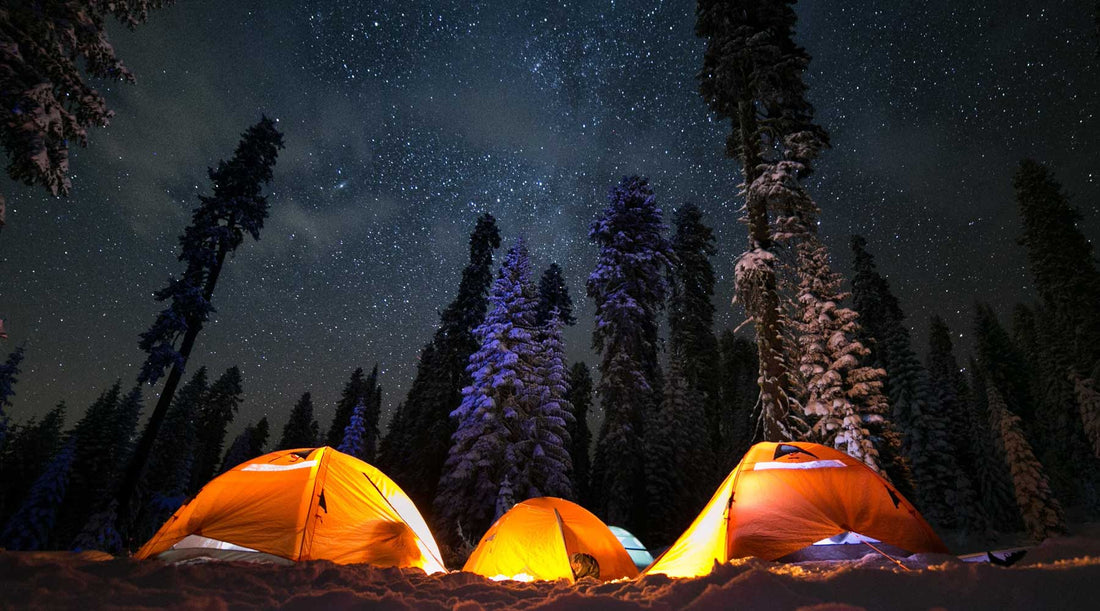
11 Ways to Stay Warm During Your Winter Adventures
The new year has arrived, and with it — depending on where you live — lots of snow and cold weather.
For some, this means sheltering indoors for the next couple of months, eagerly awaiting spring. For others, it means a fresh take on your favorite outdoor activities.
We’re not claiming one is better than the other, but we sure love getting outside in the winter. The beautiful snow and the quiet trails are hard to resist, even if it is a little chilly.
If winter hiking is on your bucket list, but you’re unsure of how to handle the cold, don’t worry. We’ve compiled a list of tips for how to stay warm on winter hiking, camping, and backpacking trips.
Preparation

First things first, you need to prepare. While adventuring during any season requires preparation, it’s extra important in winter. Here are some tips to make sure you’re fully prepared.
1. Layer up the Right Way
You’ve heard it a million times, but in winter weather, layers are everything. They allow you to both stay warm and cool down (so you don’t sweat) in a range of temperatures.
The basics of layering include:
- A moisture-wicking base layer
- 1 or more insulating mid layers
- A wind- and waterproof outer layer
One place where layering isn’t ideal? Your feet. While it can be tempting to bundle your feet in multiple layers of socks, you might limit circulation. Choose one good pair of warm, merino wool socks to wear and pack extra for backup.
2. Accessorize
A good layering system is only the beginning of dressing well for winter. Accessories are important, too.
Make sure you have the following:
- Winter hat: Merino wool or synthetic, and make sure it covers your ears.
- Gloves or mittens: Your choice, and bring an extra pair. You may also want to layer here. A pair of gloves or mitten liners are helpful when you need extra dexterity, but insulated, waterproof layers are a must for when it’s really cold.
- Buff or neck gaiter: When the wind picks up, you’ll be glad you protected your face.
- Hand and feet warmers: A luxurious extra for when you need additional warmth.
3. Pack the Essentials
The 10 essentials, that is. Winter conditions make everything more challenging on the trail. Packing the 10 essentials can make all the difference between a successful adventure and one where you’re turning around early.
You might find slight variations on lists of the 10 essentials, but the following 10 items are standard:
- Navigation (map, compass, and GPS)
- Sun protection (sunglasses and sunscreen)
- Headlamp or flashlight
- Extra clothing
- First aid kit
- Fire starter
- Knife
- Extra food
- Extra water
- Shelter
Check out our blog post, The Hiker’s Guide to the 10 Essentials, to learn more about what and how to pack for your next adventure.
4. Check the Forecast
Winter weather can be extreme. High winds, heavy snowfall, and frigid temperatures are no joke. Keep an eye on the forecast leading up to your outing, and don’t go if conditions aren’t safe.
Check trail forums like All Trails and Hiking Project to get up-to-date trail conditions. You might need to bring extra gear — like microspikes, trekking poles, or snowshoes — depending on trail conditions.
Lastly, don’t hesitate to turn around if conditions deteriorate. You can always plan your adventure for another time, and you don’t want to be stuck outdoors in bad winter weather.
On the Trail

Preparing yourself for the cold goes a long way in having a successful winter adventure. But you’ll need to keep a few things in mind to stay warm on the trail.
5. Don’t Hold It
That is, go pee when you need to. It may seem counterintuitive to expose yourself to the cold, but carrying around a full bladder isn’t a smart move when it’s cold out.
When your bladder is full, your body expends extra energy keeping it warm. By emptying your bladder, there’s less liquid for your body to warm. Just go — you’ll feel much better.
6. Make Hydration Easy
Hydration is important even in cold weather. It’s easy to forget to drink water when you’re not baking on a sunny trail and sweating bullets. When you’re adventuring in the winter, water may not sound as refreshing.
But winter hydration is important, so it’s best to make it as easy as possible. Fill your bottles with warm water to keep them from freezing. Then you don’t have to drink ice-cold water! Bring caffeine-free or herbal tea in a thermos for something hot to sip on.
7. Snack Often
Calories = warmth, and you want to stay warm on the trail. Digesting food — like burning fuel — can warm you up, so pack easily digestible snacks for the trail. Peanut butter, avocado, and dried fruits are great choices.
Eating throughout the day helps you maintain a steady temperature. Keep easy-to-eat snacks accessible while you’re hiking. The more often you eat and the less often you have to stop, the warmer you’ll be.
8. Choose Sunny and Protected Areas for Breaks
When you do need to stop, whether it’s to consult your map or adjust your layers, be strategic about it. When you stop moving, you cool down fast.
Choose sun over shade if possible — it’s amazing how much warmer you’ll feel. If it’s windy, find a protected area where you can hunker down. Big boulders or trees make good windbreaks. If you can’t find a good place to stop and you feel yourself cooling down quickly, keep your break as short as you can.
At Camp

After a long, snowy hike, it’s time for a long, snowy night under the stars. We promise — winter camping can be cozy and warm, as long as you follow these cold weather camping tips.
9. Time it Right
Don’t linger outside after dark. Sure, the stars may be spectacular, but you don’t want to give yourself the opportunity to get too chilly before going to bed.
Plan to get in your tent immediately following dinner. If you’re already cold before getting into your tent, do some jumping jacks to get your blood flowing.
10. Change into Dry Clothes
Moisture is dangerous when you’re out in the cold — which is why we suggest merino wool socks and base layers. Even the slightest bit of moisture can make you cold, so it’s crucial to change into dry clothes before going to bed.
Though removing warm clothes might be the last thing you want to do, you’ll thank yourself when you have a much warmer and more comfortable night.
11. Bring a Hot Water Bottle to Bed
This last tip is one of our favorite winter camping hacks. Fill a water bottle (a Nalgene is perfect — avoid metal) with boiling water as you’re finishing up dinner. Tuck it into your sleeping bag and hold it near your core or thighs. It might be tempting to use the bottle to warm your extremities, but keeping it by your core will warm you faster.
Be sure the lid is on tight — remember, wet clothes and gear can be disastrous!
Don’t Hibernate This Winter
Winter is a great time to head outside and enjoy the trails. With the right knowledge and preparation, you don’t need to stop adventuring when it gets cold outside.
Need more help planning a winter adventure? Check out our guide on How to Plan the Perfect Day of Snowshoeing.
What winter adventures are you planning this year? Let us know in the comments below, or tag us on Instagram with #cloudlinesocks.

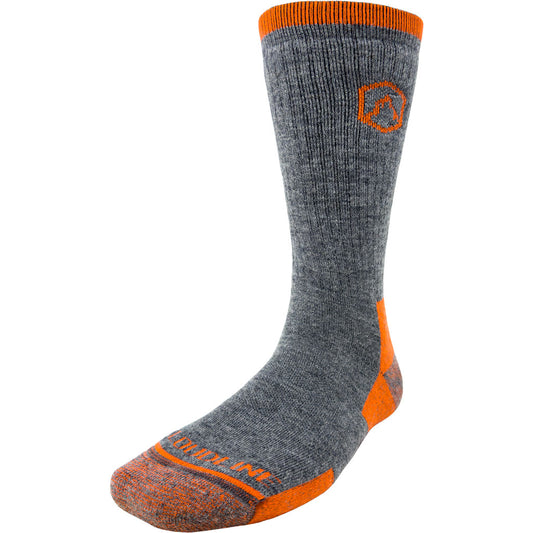
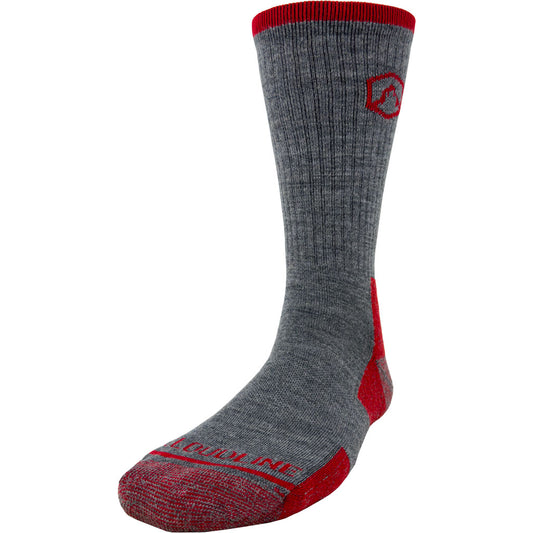
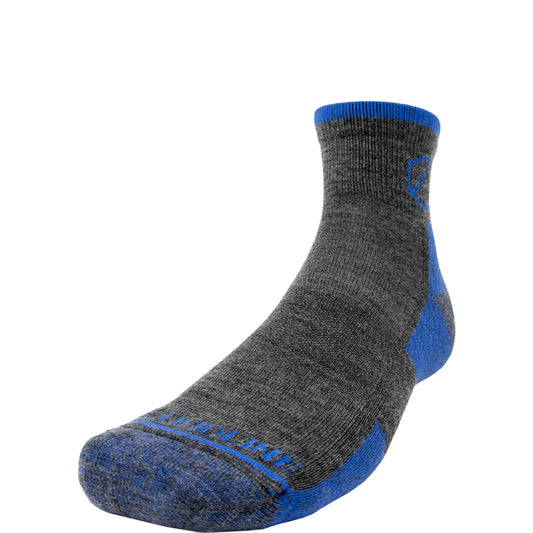
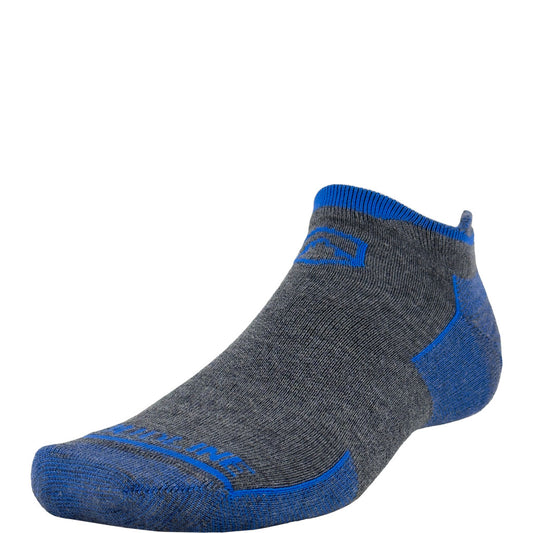
2 comments
Do not go to bed so soon after dinner that you do not collect a few small twigs and branches. That way, you will have the fuel needed to get a fire going in the morning.
It’s just like yesterday that I’ve trekked Annapurna circuit. Not only we discovered the mountains, but we also experienced the way of living of its wonderful people. By visiting families, villages and charming sites we could feel ourselves immersing in the Nepali culture. I’d love to come back to discover more of this amazing country and its humble people. Would love to thank my guide who really has a good sense of the culture that is so present in Nepal. Trek was expertly organised and we felt looked after from beginning to end. Not only we discovered the mountains, but we also experienced the way of living of its wonderful people. I’ve been on a lot of excursions and have done a lot of travelling before but not more on hiking. Such a wonderful experience to remember.